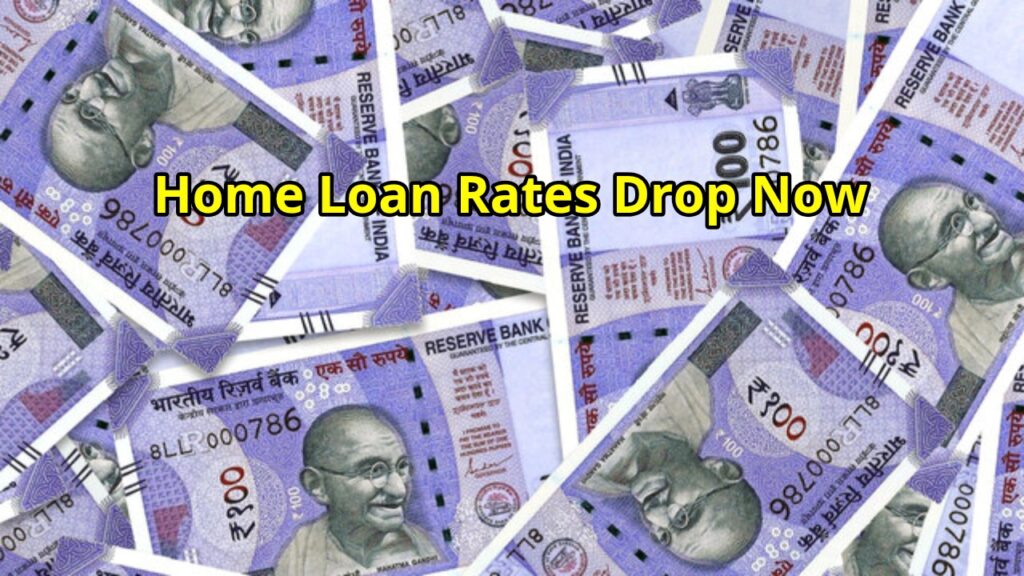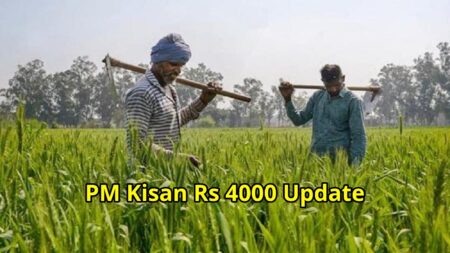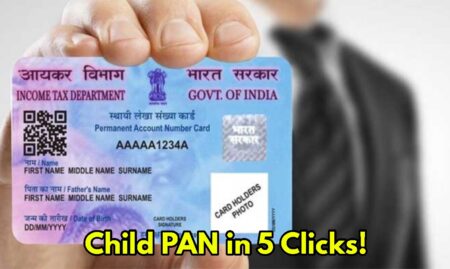The banking sector has also been affected by the sudden cut by Reserve Bank of India of 50 basis points of the repo rate. Five major banks, including Bank of Baroda, HDFC Bank, and PNB, responded by trimming their home loan rates. But there’s a twist. While fresh borrowers might expect relief, it’s the existing borrowers who are set to reap the real reward.
Banks usually react cautiously to repo changes. Not this time. The lending battlefield is fierce, especially among public sector giants. With competitors breathing down their necks, lenders are racing to sweeten loan deals. But not all customers will walk away smiling.
Which Banks Have Cut Rates?
Here’s the breakdown of the banks playing the rate-cut game:
Bank of Baroda has reduced its Repo-Linked Lending Rate (RLLR) by 0.50%. From 7, it is at 8.15%.
PNB: Cut its RLLR to 8.35% (effective June 9), but oddly, left its MCLR unchanged.
Bank of India: Dropped its RLLR by 0.50%, now at 8.35%, starting June 6.
UCO Bank: Went further, reducing both RLLR (now 8.30%) and MCLR by 0.10%. Its one-year MCLR stands at 9%.
HDFC Bank has reduced its Marginal Cost of Funds-Based Lending Rate (MCLR) by 0.10% across all tenors, with one-month and overnight rates now at 8.9%.
Why Will Existing Borrowers Benefit More?
This is where the story takes a turn. For floating-rate loans, RBI rules ensure interest auto-adjusts with repo changes. No need to call the bank or sign forms, EMIs drop like clockwork. So, if you’ve already got a loan linked to RLLR or EBLR, expect relief.
New borrowers, however, might not see the same benefit. Banks often increase the spread (extra charge over repo) to protect profit margins. So, while repo’s down, the effective interest for new loans may not fall much. Case in point: Bank of Baroda’s new home loans now start at 8%, not exactly a windfall.
Pre-Cut Home Loan Rates
Before this cut, several public banks—Bank of India, Union Bank, Bank of Maharashtra were already offering rates as low as 7.85% for loans up to ₹30 lakh. Private sector investors such as Karur Vysya (8.45%) and South Indian Bank (8.30%) were also in the fray.
Impact of Fixed Deposits
There is one negative factor looming large: falling lending rates are likely to mean lower returns on FDs. For people who save, this would translate to falling advance interest income.



